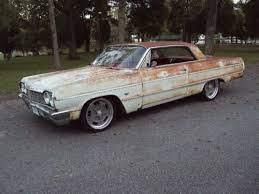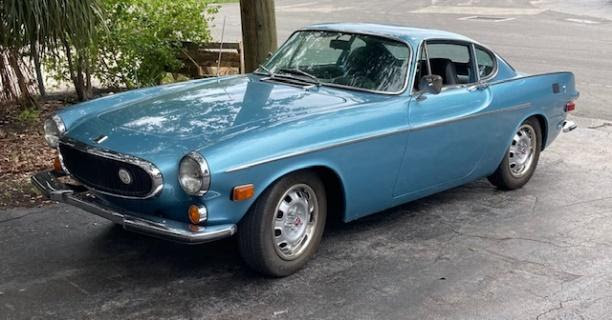John was a warrior in every sense, long-returned from a battle that most had forgotten. But John remembered, in all ways a soldier can—in slow motion. Every skirmish, every battle, and every slight upon his not-so-triumphant return from a not-very-popular war left its indelible mark on his body, his spirit, his life. Most of all, John’s body kept the score, tallied in sleepless nights, unyielding fits of agitation, anger, and sadness, and unsuccessful alcohol-laden attempts to subdue his demons.
Like what you are reading? For more stimulating stories, thought-provoking articles and new video announcements, sign up for our monthly newsletter.
I met John during the practicum semester of my doctoral training at a local VA outpatient center. John didn’t say much, which was both a relief and source of frustration. Looking back, I’m not sure what I could have offered, but I believed that I should have been able to connect better. Afterall, I was young, energetic, and optimistic. He was just the opposite—haggard, tired, and deeply worn. Yet, he came to every type of therapy group we offered, showing up in every imaginable weather condition in his 1964 Chevy Impala.
Back then, I didn’t appreciate the metaphor because I was too caught up in trying to figure John out from a literal perspective. Had I known then what I know now, I would have spent my time with John hanging out and chatting in and about his car, rather than trying to break through or ply my nascent clinical skills.
That white Chevy Impala, ironic in this case given the swiftness, beauty and agility of its namesake, was what car enthusiasts would call a “beater.” Simply, a “beater” is an older, high-mileage car with more than its share of dings, dents, and duct tape that still works. It gets from here to there without splash, without head-turning (except perhaps for the noise and smell it leaves in its wake). It is a utilitarian object.
Beaters work…until they don’t, at which point they are typically too costly for the owner to repair. And therein lay the metaphor which I wish in retrospect I could have appreciated. For that car was the mechanical and aesthetic embodiment of this enigmatic war veteran. John, like his Impala, had been patched together and just kept running, until they didn’t.
Halfway through my practicum, we learned that John and his car died within days of each other. And you can only imagine the theories and rumors that spread as quickly as a car fire. Was it suicide following the demise of his trusty metal steed? Did he go first, and the car had the metaphysical prescience to call it quits soon after? Did they go together? Was it a suicide pact between old friends? In hindsight, we never found out, but John and his Impala certainly left us wondering, and created a poignant metaphor that I carry with me and that forms the template for my interest in client metaphors.

***
My own steel and iron metaphor turns 50 this month. I know, who celebrates the birthdays of their cars, let alone someone who identifies as a parent, university professor, clinical psychologist, and purported adult? Well, I do, and I hail my 1972 Volvo 1800E, born a half-century ago in Sweden, soon after transported to the U.S., and raised by its foster owner for a decade before finding its way to Tom, its previous forever-parent of 35 years. Tom loved the car for personal reasons that I never did discover but had lost his passion after the passing of his daughter. Two subsequent strokes made it virtually impossible for Tom to get into the car, let alone work under its hood or dashboard (which requires Houdini-like contortionist skills).
I had seen my first 1800 at age 7, when after chasing a ball into the street (perhaps a tad impulsive of me) I found myself face to face with what appeared to that sci-fi-fed child to be a spaceship. Flash forward 60 years to that boy grown to manhood who now stands before his own spaceship with the same sense of marvel and admiration for this beautiful object. And therein lies my metaphor.

While getting into and out of my car reminds me that I am no longer that nimble 20-year-old (or even 40, 50, or 60-year-old, for that matter), I am young and dashing when we are in motion together (or at least so I delude myself). We (or more likely it) turn heads, draw curious questions and leave people wondering, “Hey what is that thing?” Together, we are enigmatic, mysterious and interesting, perhaps just a little bit sexy, but most definitely ageless. There is always a glitch du jour around the corner to remind me that aging is messy and sweaty, and both mechanical and organic maintenance require diligent effort that has dividends in a sense of vitality and efficacy. And to add to its appeal, both metaphoric and literal, I recently brought my 1800 to its first European classic car show and enjoyed the social aspect of that gathering of fellow automotive metaphorists.
***
So today I think of John, the man, the car, the metaphor, and I thank him, as I do all clients whose lives are sometimes more poignantly appreciated in metaphoric rather than literal terms.
File under: The Art of Psychotherapy






